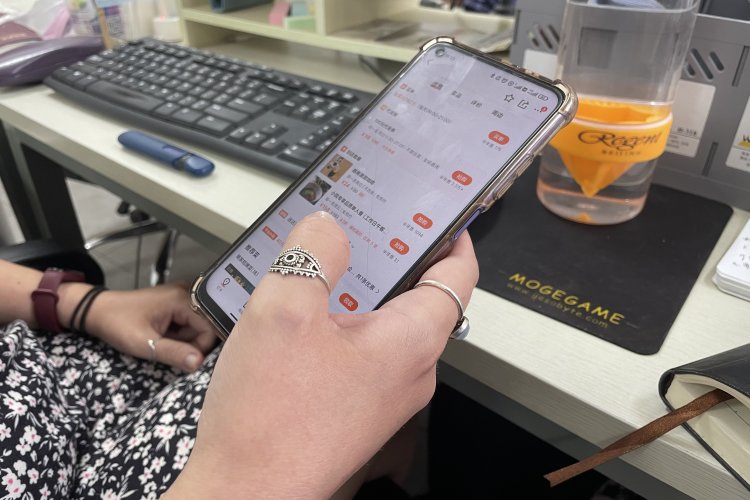Lao Beijing Snacks: Introduction
What are the traditional xiaochi (“small eats” or snacks) that Beijingers have been enjoying since an emperor was ensconced in the Forbidden City? There are three types of traditional snacks – imperial, Han, and Hui. Aiwowo, an imperial candy, is a sugar-filled ball of glutinous rice and a favorite of the Empress Cixi, while tangshaobing (brown-sugar biscuits) was the granola bar for Hui Muslims on the road. From Han kitchens, luzhu huoshao is the cheap folk version of slow-braised pork belly. These snacks have been around for at least one to two hundred years; at one point there were over 300 varieties to tempt city folk. The number has dwindled drastically, and waning popularity has meant fewer and fewer shops sell authentic Beijing-style xiaochi.
Let’s say that you want to delve into this culinary realm. For good or evil, the most famous snack street is Wangfujing. The night market is listed in all guidebooks and rightly popular for providing photo-ops with exotic creepy crawlies. (Scorpion skewers anyone?) While some traditional fare is tucked between the bugs-on-a-stick and dumplings, this is not the place to go for authentic snacks.
Your first stop should be the Jiumen (“nine gates”) snack center at Shichahai. This courtyard opened in 2006, named after the nine gates that surrounded old Beijing. Jiumen gathered a dozen famous laozihao (old “time-honored brands”) vendors under one roof, with the intent of providing one convenient locale to sample Beijing’s most famous xiaochi. Many were originally located near historic Qianmen, and despite the original media outrage over the relocation, it remains a popular place to try some specialties. The stalls are usually named after each family – Nailao Wei (Wei’s Cheese), Baodu Zhang (Zhang’s Tripe) – and in the morning you’ll see some of the original owners slicing up meats or stirring pots, recreating the recipes handed down their families for generations.
While Jiumen ranks high for convenience, Menkuang Hutong and the narrow hutongs of Dashila’r are still home to many traditional vendors. A stroll through the narrow alleys (avoiding the horrifically modern drag of new Qianmen and its Starbucks) unearths tiny shops all serving up old Beijing favorites – pork offal soup with gravy-soaked biscuit, flash-boiled tripe with sesame sauce, and countless bowls of zhajiang mian.
Muslim sweets also loom large in Beijing eats. The Hui are among the original migrant communities here, and their snacks have long since been part of old Beijing culture. Niu Jie, a compact street in the Muslim district, contains some of the best Hui-style desserts in town. Not only is the Niu Jie supermarket a warehouse of fresh-made sweets, but its second floor houses a food court with other specialties to sample.
Apart from these well-known districts, there are restaurants tiny and cavernous (including chains such as Huguosi) that cook up these culinary relics. Once you get there, though, how will you know what to order? To guide the uninitiated through the mysterious world of Beijing xiaochi, we’ve compiled a snack-watching guide based on the shapes of the snacks to help you on your way. Watch out for upcomimng the four-part installment on these goodies.
Related stories :
Comments
New comments are displayed first.Comments
![]() ReneeWine
Submitted by Guest on Wed, 11/03/2010 - 20:23 Permalink
ReneeWine
Submitted by Guest on Wed, 11/03/2010 - 20:23 Permalink
Re: Lao Beijing Snacks: Introduction
=P~ =P~ =P~ =P~
Validate your mobile phone number to post comments.






